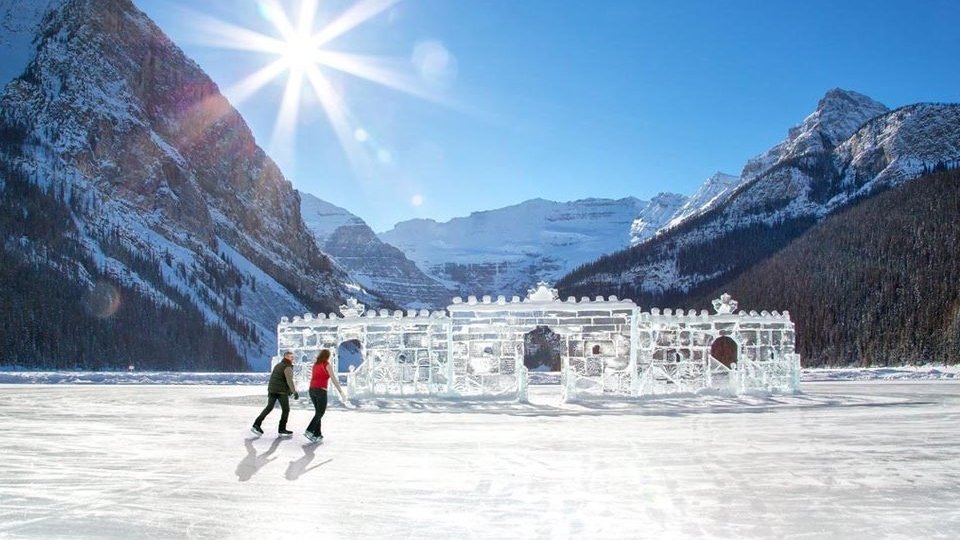Want to go on an adventure that is only accessible during this frosty time of year? Grab your toque, mitts, and skates, and let’s go! When the temperature drops below zero, your skates can take you gliding over a lake framed by the Rocky Mountains, zipping along an ice path through the thick snowy forest, or coasting down a river through the heart of a city. Which of these five Canadian skating experiences will you try?
The article was originally written for & featured on NorthAmericanTraveller.com continue reading the full article below.
The Rideau Canal, Ottawa
Located in the Nation’s Capital the Canal holds the Guinness World Record for the largest naturally frozen ice rink. The Skateway is 7.8 kilometres long and skating on it is free with skate and sleigh rentals available. Open along the ice route are five rest areas with heated change rooms, washrooms, fire pits, and food vendors. Visitors can stop and warm up with a coffee, maple taffy, or classic BeaverTails®.
Arrowhead Provincial Park Ice Skating Trail, Ontario
Arrowhead Provincial Park Ice Skating Trail, Ontario
Over the past 5 years this “Fairy Tale Skate through the Canadian Forest” has become so popular that on Saturdays the park reaches full capacity. Located in the Arrowhead Provincial Park encompassed by the dense Muskoka forest the skating trail is 1.3 km long. Some nights feature a Fire and Ice experience with the trail lit up by tiki torches. Visitors can admire the natural holiday décor of snow-laden evergreens as they glide along the loop through the park.
Lake Louise, Alberta
This frozen lake is positioned picture perfectly at the base of the Rocky Mountains with the Victoria Glacier featured in the background. Skating is open to guests and the public. During the day the gallant snow-capped mountains are showcased and at night you skate under the twinkling winter stars. In January a giant ice castle appears on the lake as part of the Ice Magic Festival.
IceWay, Edmonton
Edmonton’s original Iceway in Victoria Park was so successful that the City opened another one at Rundle Park. Both parks are part of Edmonton’s River Valley, which is Canada’s largest urban park. The locations offer warming huts where you can stop, rest, and warm-up. The longer of the two Iceways winds through Rundle Park and features a frozen pond and two rinks. Victoria Park comes alive at night with coloured light installations illuminating the three-loop ice trail.
Red River Mutual Trail, Winnipeg
This skating trail runs on the ice-covered Red and Assiniboine Rivers through Winnipeg. The trail’s length varies each year but can be up to 5 km long. Along the path are pop-up food vendors, fir trees, holiday lights, and artistic warming huts. Each of the six unique warming huts are designed out of ice, wood, and other creative materials. Festival du Voyageur’s Rendezvous and Ironman Curling Bonspiel are just two of the many events hosted on the trail and at the nearby Arctic Glacier Park throughout the winter.
Skating is one of Canada’s classic winter experiences whether you enjoy coasting over a naturally frozen river or skimming along a man-made ice trail through the forest. Enjoy embracing the spirit of winter with your family or a group of friends and savour skating through a snowy winter wonderland.
See my other articles featured on North American Traveller here
Don’t forget to Subscribe & get articles delivered straight to your inbox, Give a like on Facebook, or Follow on Instagram!


